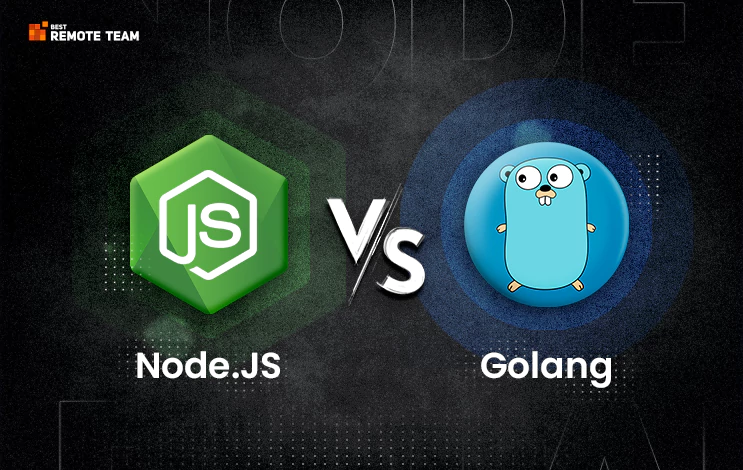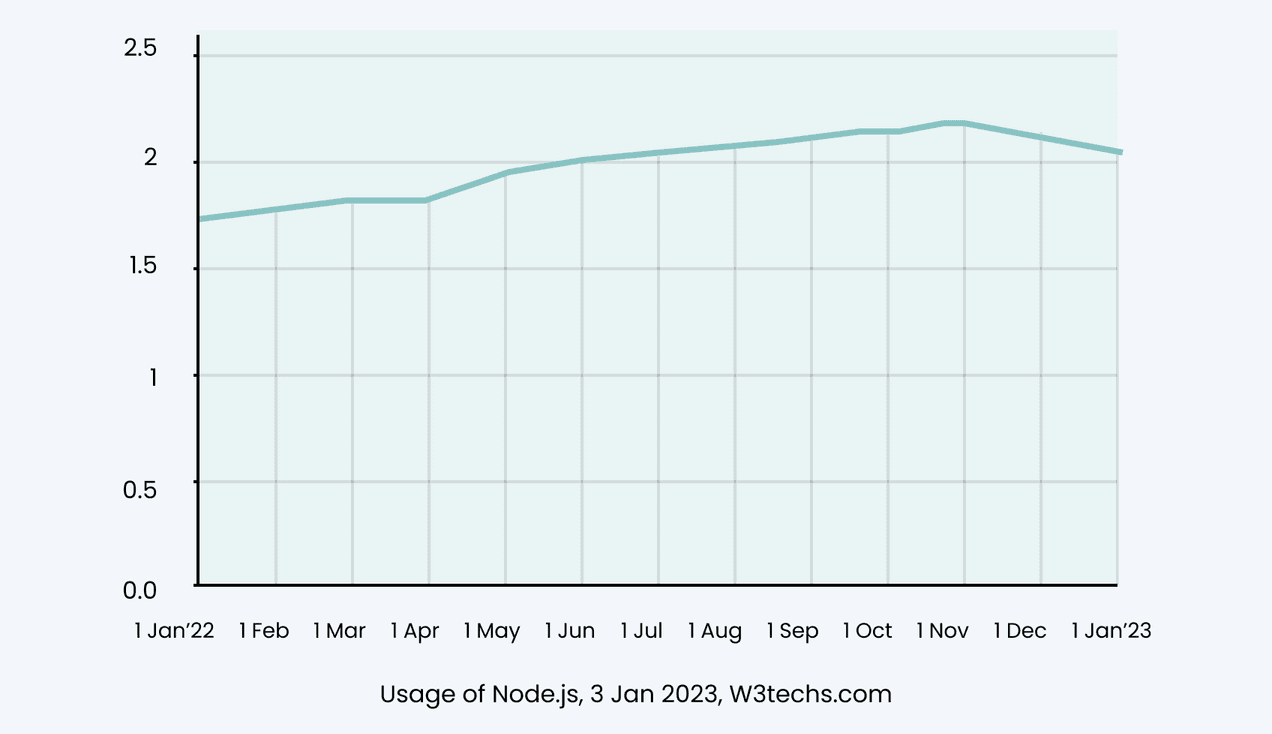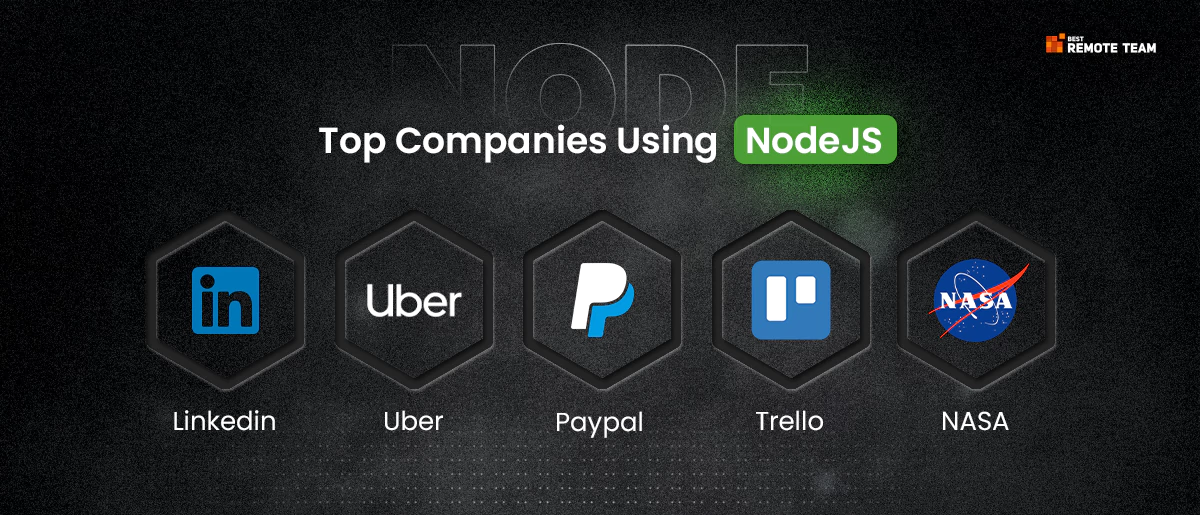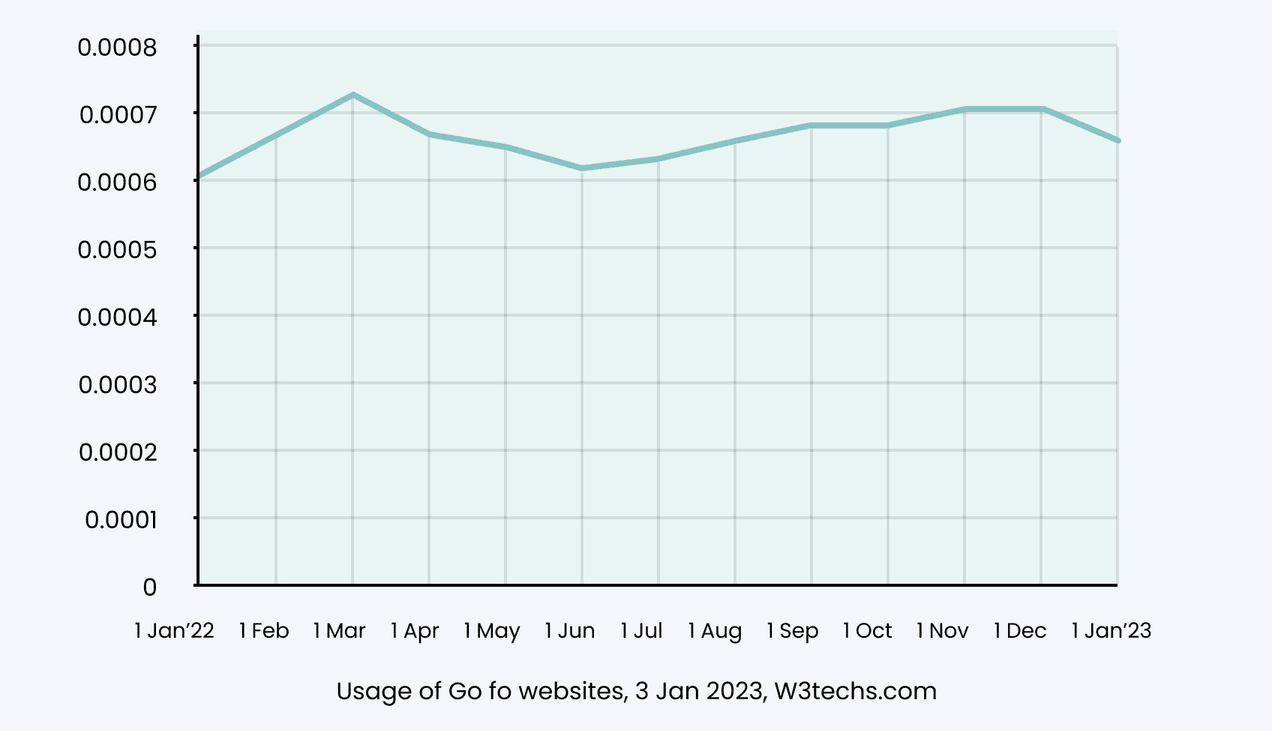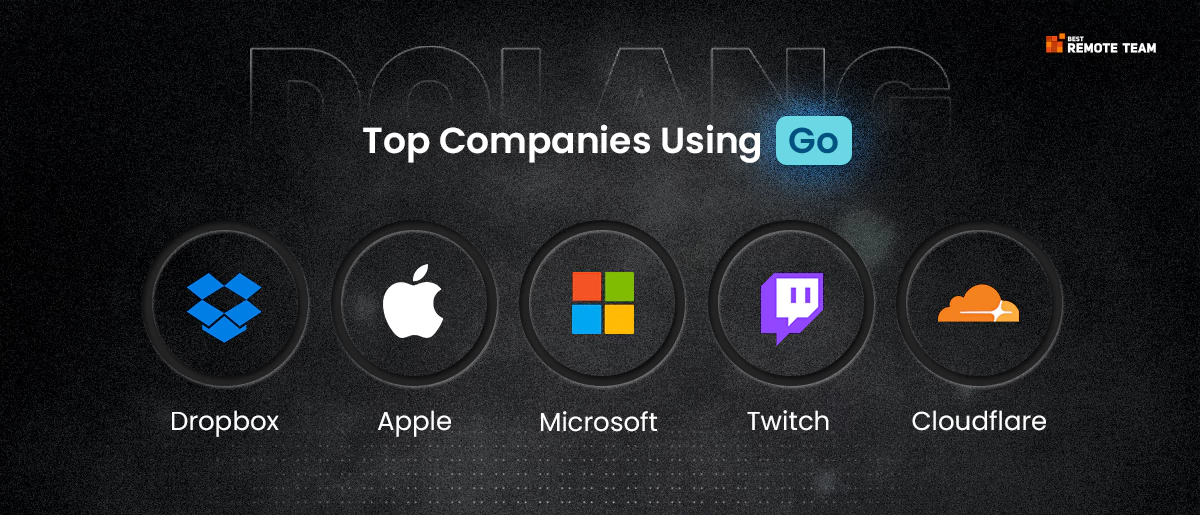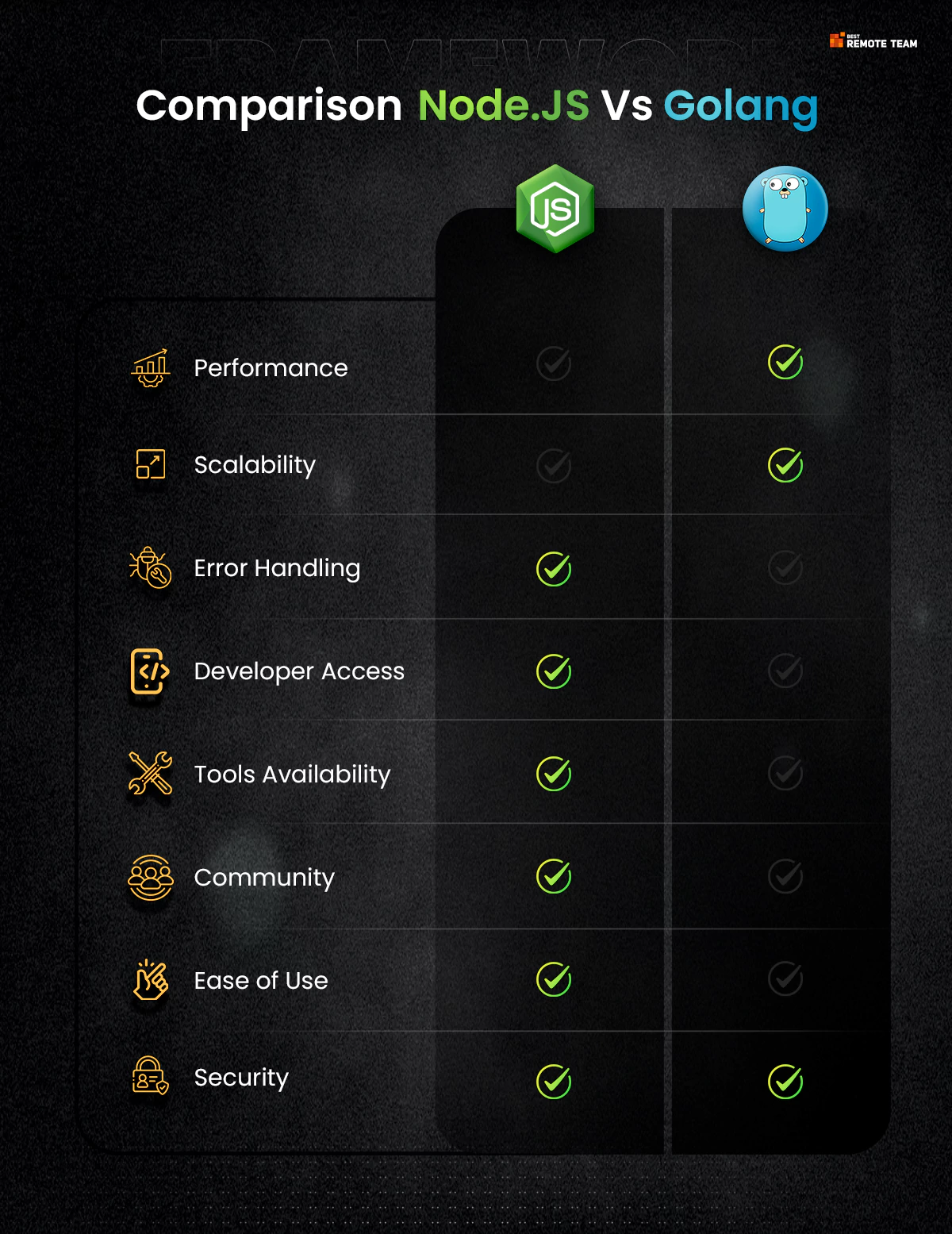What is Node.JS?
Node.JS is an open-source, server-side development environment that is platform-agnostic. You can deliver robust backend solutions using JavaScript runtime and V8 JavaScript Engine. As it uses JavaScript, it offers extensive ease of use and accessibility.
You get a variety of tools to enhance your server-side scripting abilities. It also helps plan for dynamic web content development on the web browsers.
With this framework, you can easily modify your database and manage the movement from and within the servers.
According to W3Techs, Node.js is used by over 2.9% of the web servers of almost every well-known website.
The Key Features
- The APIs are asynchronous for Node. JS. Moreover, they are event-driven and considered non-blocking.
- This translates to zero wait time between query receiving and the return data. Your server will immediately move to the next API.
- The server-side framework is known to offer high-speed code execution. You can easily commit to your speed needs.
- This framework comes with a single-threaded model that includes event looping. As a result, you can create scalable and effective applications. It can handle multiple requests without any issues. It is one of the best frameworks for event-driven programming.
- There is no buffer data in this server-side framework; as a result, the data output is available in chunks.
Pros and Cons of NodeJS
| Pros | Cons |
| It offers great speed, thus adding value to dynamic applications. | An unstable API can lead to substandard development, especially if you are dependent on APIs. |
| Highly productive and interactive platform. | You will depend on a relational database. As a result, you may not be able to use a few libraries. |
| Enhanced error handling that ensures quick debugging and faster resolution of runtime issues. | The library support is not too robust and efficient for app development. |
| Accelerates the development speed for real-time applications. | It is not fit for apps that include CPU-intensive tasks. |
| Reduces IT and development spending, thus leading to cost-effective solutions. |
What is Golang?
Go is the high-level programming language created by Google to offer robust backend development. The syntax is akin to the C programming language. Apart from the features included in C language, you will also find additions. These include features such as memory safety, garbage collection, structural typing, and concurrency.
This self-hosted backend development framework uses the GC compiler and is platform-agnostic. Gofrontend is the frontend development library. It also uses the third-party compiler known as GopherJS.
It has a strong ecosystem of tools and resources that can be used to build robust applications. The memory is high-performing, and it supports several IDEs.
As per the W3Techs, Go is used by less than 0.1% of the web servers of popular websites.
The Key Features
- It offers concurrency, which means you can write scalable code for distributed systems and multicore applications.
- Your developer need not worry about memory allocation as inherent memory management will help with that.
- With the fast compiler, you can complete quick and hassle-free iterations.
- This framework supports minimalist syntax. As a result, you can write legible code.
Pros and Cons
| Pros | Cons |
| It comes with an intelligent and standard library that makes development hassle-free. | It is in the nascent stage. Thus a few things are missing in the framework. |
| It comes with in-built security systems that help keep up with requirements. | No virtual machine that would support runtime or performance. |
| Documentation is complete and extensive. | The GUI library is missing in this framework. |
| It is easy to use. |
NodeJS vs Golang – The Top Factors to Help Choose Real-time Application Framework
We have seen the capabilities of the two backend frameworks individually. Let’s look at the differences between them, considering the following factors.
1. Performance
Node.Js: This comes with a V8 Engine that extends real-time data movement without an interpreter. It impacts the efficiency of the system and offers better performance. It also has a garbage collector that ensures minimal memory leaks. This provides a stable version and code.
Golang: It is compiled directly into the machine code. As a result, it extends an excellent raw performance. Moreover, it also offers a garbage collector for better stability.
However, there is no engine determining the performance. Hence, it may not perform efficiently if connected to the database server.
The Better One: Regarding raw performance, Golang is much better than NodeJs as it offers better and more efficient performance. However, regarding real-time system performance, NodeJs works with the V8 engine. This ensures better performance.
2. Scalability
Node.Js: This comes with a single-threaded architecture. When working with CPU-based tasks, the program can work slightly slowly. As it works with an asynchronous engine, you might note that it is scalable.
Golang: This framework uses simple GoRoutines. It ensures you can easily execute the code and smooth data movement. At the same time, the framework can handle 1000+ requests in a second. As a result, you can say it is an efficient and scalable framework.
The Better One: While Go and NodeJs offer similar scalability solutions, Golang ranks higher. The reason being it offers concurrency along with scaling, improving your solution’s ability.
3. Error Handling
Node.Js: In Node.Js, you use the try-catch technique. This means you can find the errors as they occur. It allows faster debugging and ensures error-free applications.
Golang: you have different compile and run times. As a result, a standard process is followed to catch the errors, which can delay the process. It may be difficult to debug the entire application and ensure proper error handling with the current method.
The Better One: NodeJs ranks better in this case as it offers extensive debugging capabilities.
4. Developer Access
Node.Js: NodeJs is an accepted framework. It has been in existence and used for a long while. Several top companies are using it. As a result, finding the dedicated remote developers is easy. You will find an accessible and full developer pool.
Golang: This is a relatively new framework for backend development. As a result, it may be difficult to find people to help with backend development using Golang.
The Better One: NodeJs ranks higher as you can easily find a developer with the framework expertise.
People also read: Top 10 Places to Hiring Remote Developers Online
5. Tools Availability
Node.Js: The tools for development can help accelerate the process and ensure smooth application development. NodeJs offers an extensive range of tools and libraries for developers. As a result, it saves a lot of coding time. It also helps accomplish complex tasks.
Golang: It is in the nascent stage. However, you will find several tools and libraries to help accomplish backend development tasks. But, they are fewer.
The Better One: NodeJs wins this one, hands down. It offers an extensive range of development tools and libraries that can help the developer.
6. Community
Node.Js: As the framework has existed for a while, you will notice that it has a bigger and stronger community. You will find a great community on GitHub and StackOverflow.
Golang: This is a new framework and is still building the community. The community backing may not be that great for this backend framework.
The Better One: NodeJs ranks higher in this case as it offers better community support and has strong backing. This can help developers with their projects.
7. Ease of Use
Node.Js: This backend framework is developed using JavaScript. As a result, it is relatively easier to use. The developers are well-versed with JavaScript libraries and syntax and can pick up the coding.
Golang: The Golang developer must understand the concepts, processes, and rules specific to the programming language. You must also know the routines and interfaces to program with this language.
The Better One: NodeJs offers a relatively low learning curve and is free of hassles. You need to understand JavaScript to pick up the programming language’s nuances.
8. Security
Node.Js: This framework uses internal security features to protect the code from SQL injections.
Golang: It has excellent debugging capabilities that allow you to write clean code. Moreover, the inherent security features ensure that your application is completely secure.
The Better One: Both offer excellent security features that allow you to develop a secure application where the information stays safe.
Which Companies Are Using Golang and NodeJS?
The adoption of technology by industry giants often serves as a testament to its capabilities and potential. Let’s explore some of the major players that have integrated Golang and NodeJS into their tech stacks:
Golang:
- Dropbox
- Docker
- Uber
- BBC
NodeJS:
- Netflix
- Uber
- Walmart
- Trello
The adoption of Golang and NodeJS by these industry leaders underscores their robustness, scalability, and versatility. When such influential companies integrate these technologies into their core operations, it speaks volumes about their efficacy and potential in diverse applications.
Which is better for Web Development: NodeJS or Golang?
For web development, NodeJS provides a seamless experience with its unified JavaScript environment, benefiting from a rich ecosystem through npm and excelling in real-time applications. Its non-blocking architecture ensures scalability for high-traffic sites. Conversely, Golang stands out with its impressive performance due to its compiled nature. It offers built-in concurrency with goroutines, making it adept at handling simultaneous tasks efficiently. Golang’s clean syntax and robust standard library further streamline development. Choosing between them largely depends on the project’s requirements, the anticipated traffic, and the team’s familiarity with the languages.
Conclusion
Golang is relatively new. However, it is backed by Google, making it an enriching development framework. It offers great speed and security.
While it extends good raw performance, it may not be capable of extending the ideal real-time performance. It lacks the community backing and ecosystem that developers need to build robust applications.
On the other hand, NodeJs is a JavaScript framework that can help develop robust and real-time applications. It is scalable and extends good performance. It is easy to use and has a strong community. It is also capable of handling errors better.
At this point, NodeJs is a more favorable and efficient framework than Golang. It can help fulfill your development needs efficiently.
Best Remote Team can help you hire NodeJs developer in India to ensure smooth backend development. We can cater to your resource requirements to build efficient real-time applications. Connect with our team to choose the development team and engagement models suited to your needs.


